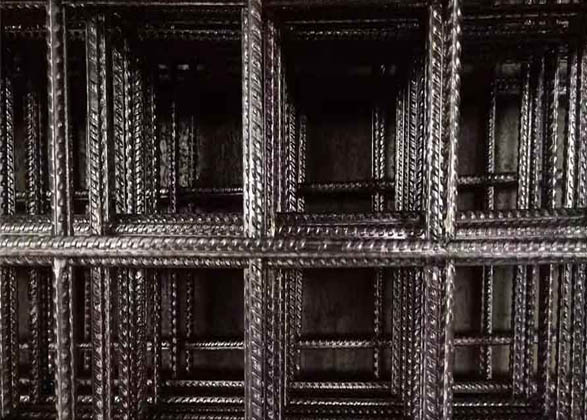Steel reinforcement mesh, also known as rebar mesh or reinforcing mesh, is commonly used in construction projects to provide structural support and reinforcement for concrete structures such as slabs, walls, and foundations. Proper installation and handling of steel reinforcement mesh are essential to ensure the structural integrity and durability of the concrete. Here are some tips for using steel reinforcement mesh effectively:
1. Choose the Right Type and Size
Before purchasing steel reinforcement mesh, determine the appropriate type and size based on the specific requirements of your project. Consider factors such as the thickness of the concrete slab, the spacing of support beams, and the load-bearing capacity needed. Choose mesh with the correct bar diameter, spacing, and configuration to meet the structural design requirements.
2. Handle with Care
Steel reinforcement mesh can be heavy and unwieldy, so handle it with care to prevent injuries and damage. Use proper lifting techniques and equipment, such as forklifts or cranes, to transport and position the mesh safely. Avoid dropping or dragging the mesh, as this can cause bending or deformation of the bars, compromising their structural integrity.

Concrete Reinforcement Mesh
3. Ensure Proper Placement and Alignment
When installing steel reinforcement mesh, ensure that it is placed at the correct depth and aligned according to the design specifications. Position the mesh in the center of the concrete slab or wall to provide uniform reinforcement throughout the structure. Use spacers or supports to maintain the desired clearance between the mesh and the formwork or ground surface.
4. Overlap Joints and Secure Connections
Overlap joints in the steel reinforcement mesh to ensure continuity and strength in the reinforced concrete structure. Follow the design requirements for the length of overlap and the method of securing the connections, such as tying the bars together with wire or using mechanical connectors. Properly secured connections prevent displacement of the mesh during concrete placement and curing.
5. Check for Compliance with Building Codes
Before installing steel reinforcement mesh, familiarize yourself with local building codes and regulations governing the use of reinforcing materials in concrete construction. Ensure that the mesh meets the required standards for material quality, dimensions, and installation practices. Compliance with building codes helps ensure the structural integrity and safety of the finished concrete structure.
6. Coordinate with Other Trades
Coordinate the installation of steel reinforcement mesh with other trades involved in the construction process, such as concrete contractors, formwork installers, and structural engineers. Communicate effectively to ensure that the mesh is installed correctly and integrated seamlessly with other building components. Address any conflicts or discrepancies in the construction plans promptly to avoid delays and rework.
7. Perform Quality Control Inspections
Conduct regular quality control inspections during the installation of steel reinforcement mesh to verify compliance with design specifications and construction standards. Inspect the mesh for proper placement, alignment, and connection integrity. Address any issues or deficiencies promptly to prevent potential problems in the finished concrete structure.
By following these tips, you can effectively use steel reinforcement mesh to enhance the strength, durability, and performance of concrete structures in your construction projects.







